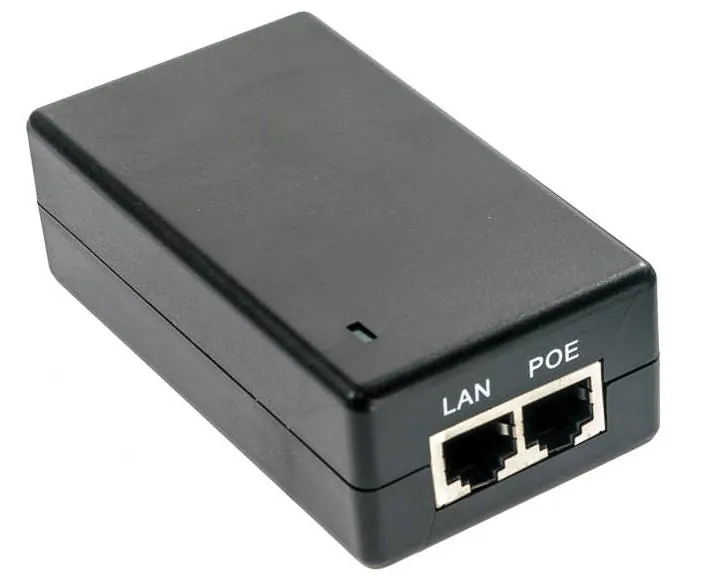So, you don’t have access to the Internet? According to our data, about 84% of cases of Internet access issues are related to user-side problems rather than the service provider. Before contacting us, please follow a simple procedure.
Disconnect the devices from power for about a minute. If any of the devices are frozen, this action should unlock them. After a minute, reconnect the power and wait for 1-2 minutes for the devices to synchronize. If the Internet does not return, proceed to the second step.
Check if the RJ45 cables are securely plugged into the router and computer ports. Sometimes, during cleaning or rearranging, the cable may slightly come loose from the port, which may not be easily noticeable at first glance. This can result in intermittent Internet connection, speed limitation to 10 Mbps, or even a complete lack of Internet. If the cables are securely plugged in and you still don’t have Internet, move on to the next step.
Let’s talk about a few technical aspects. Your external antenna that receives the Internet is powered by a Power over Ethernet (PoE) adapter, similar to the one shown in the picture. A network cable with an RJ45 plug comes out of the PoE output, which provides power to the antenna. Under no circumstances should you touch or connect this cable to your devices, as it may cause damage to the network card.
What should interest you at the moment is the cable coming out of the LAN output. As you can see, this cable runs to the router, and the Internet is then delivered to your computer and other wired or wireless devices. First, remember which port on the router the cable is connected to. Now, unplug the cable from the router and connect it to the LAN port of your computer or laptop. After less than a minute, the device should automatically obtain an IP address.
If your device shows Internet connectivity after a while, it means that the router or one of your devices connected to the home network may be the cause of the Internet issue. Common sources of interference are microwave ovens and smartphones. The latter can sometimes interfere with the router or conflict with IP addresses of other devices, resulting in a lack of Internet or unstable connection on your computer.
If, after performing the above steps, you still don’t have working Internet, please report this to our office.

